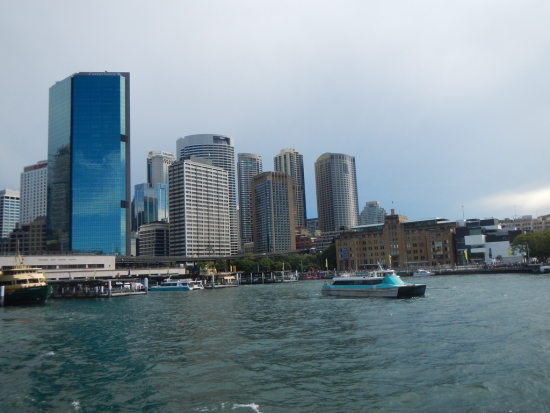When it comes to the current Australian commercial property market, tenants have the upper hand. Landlords have their eyes firmly on the bottom line and want to keep units occupied, and tenants are seizing the opportunity to negotiate lower rental prices.

Sydney Central Business District
Tenants are also looking for ways to keep costs down. Since renting a space will constitute a major expenditure over the course of the year, any reduction in its cost will help the tenant’s balance sheet. Tenants need to be aware of other options before simply exercising an option to extend an existing lease or signing a new, long-term one.
Tenants with 24 months or less remaining on their lease should consult with a tenant representative to ensure the best outcome. Some tenants have been able to renegotiate or restructure their lease and received a cash bonus from the landlord when they extended the agreement. In some instances, the full cost of a tenant’s new fit-out was covered by the landlord after negotiating these incentives.
At present, the best opportunities for tenants are in Sydney and Melbourne Central Business Districts (CBDs), since this is where incentives for office space are highest.
Incentives in Sydney CBD are at 22-30 per cent. B-grade space in the southern precinct has the highest incentives, coming in at 28-30 per cent. In a building with high vacancy rates, the incentives may be even higher than the 30 per cent mark.
The Brisbane CBD trails the Sydney and Melbourne ones slightly at 20-30 per cent. Incentives in the Adelaide CBD range from 5-20 per cent. In Perth, they are in the 5-10 per cent range, and in Canberra they range from 8-20 per cent.
Tenants clearly benefit from these incentives, but landlords also gain as well. Once the lease is signed, the landlord locks in a source of cash flow for a set amount of time. If a tenant vacates the premises, it could take between six and 18 months to attract a new one for a larger space. The landlord may also need to pay the cost of building upgrades during that time.
Over the last six months, there has been an increase in activity in the sublease market as major companies are lowering their workforce and looking for other ways to keep costs down. This space is competing with new space coming onto the market, which is being offered to tenants at discounted rents in many cases.
Previous Post
Scottish Retail Results Remain Positive